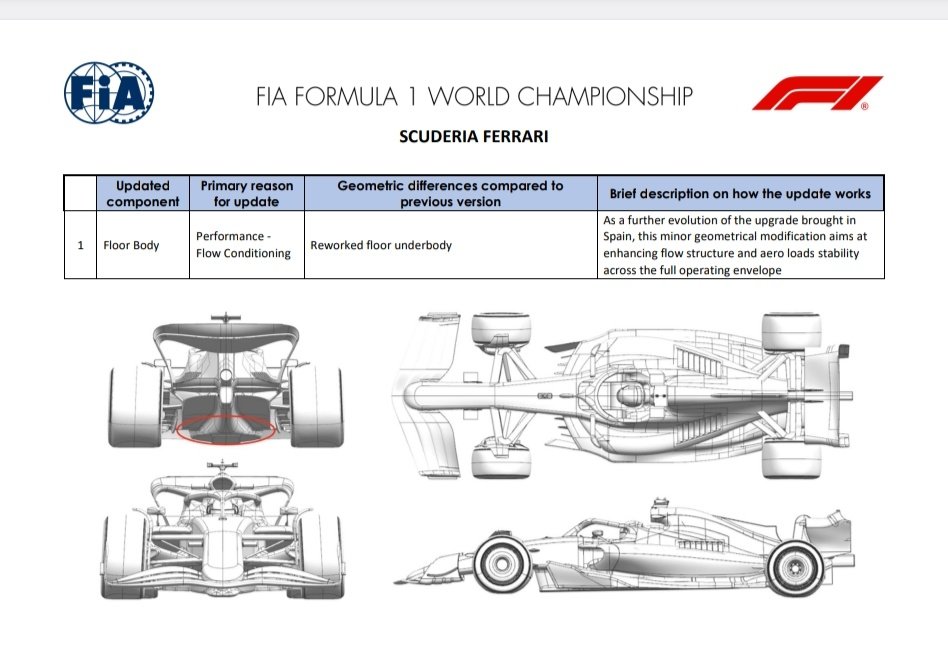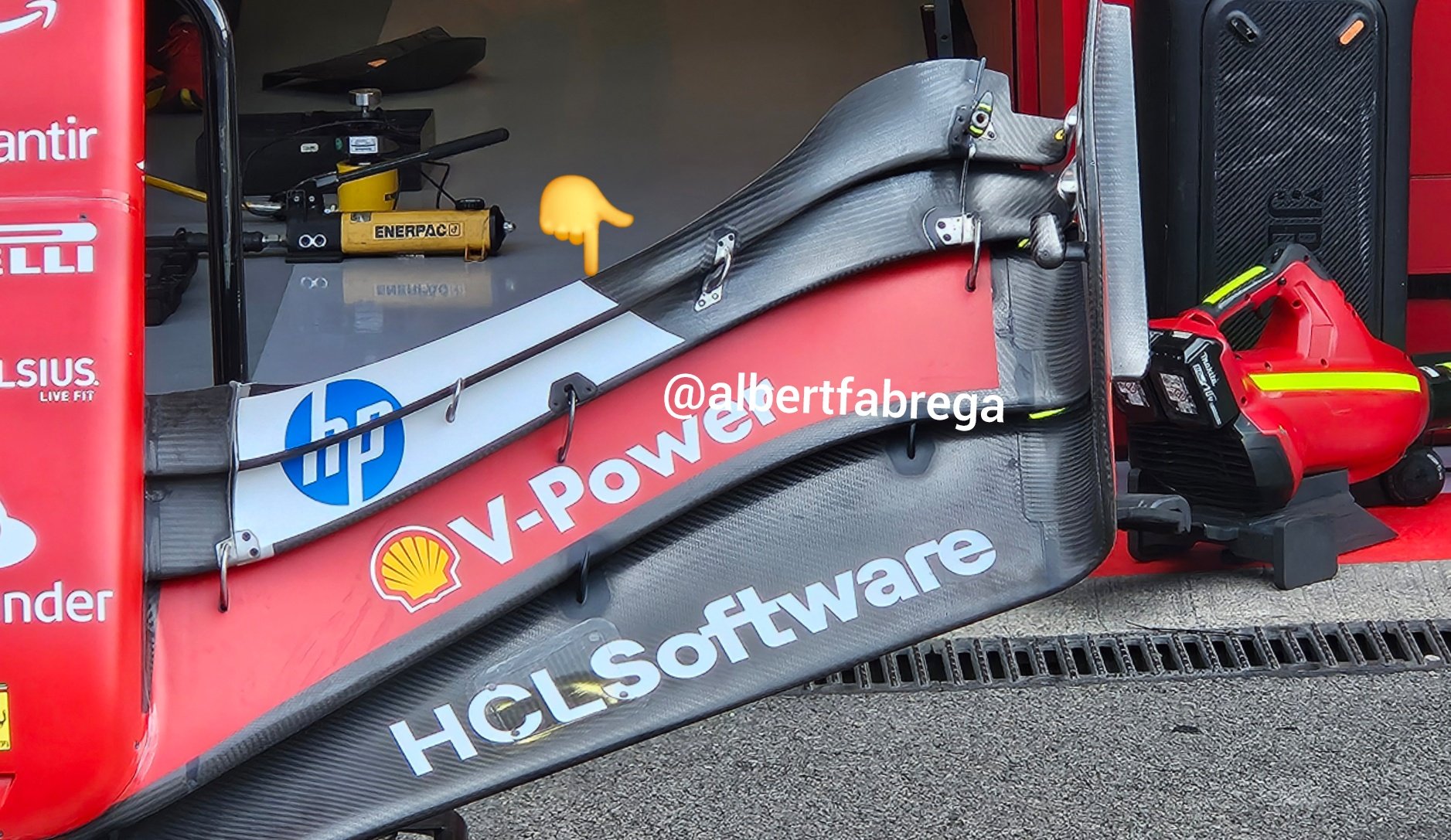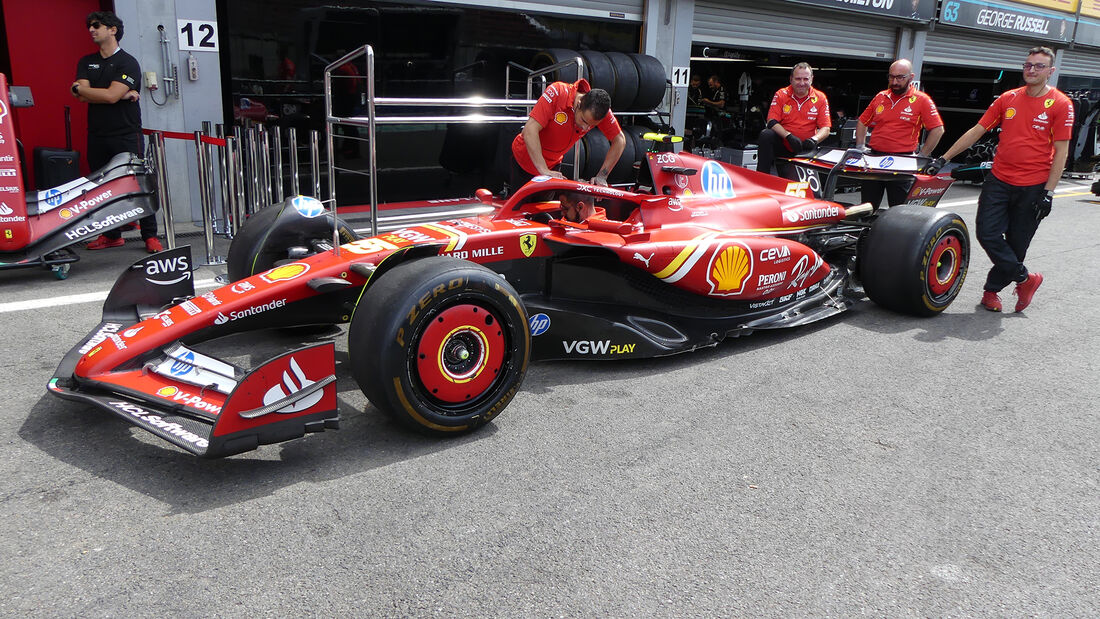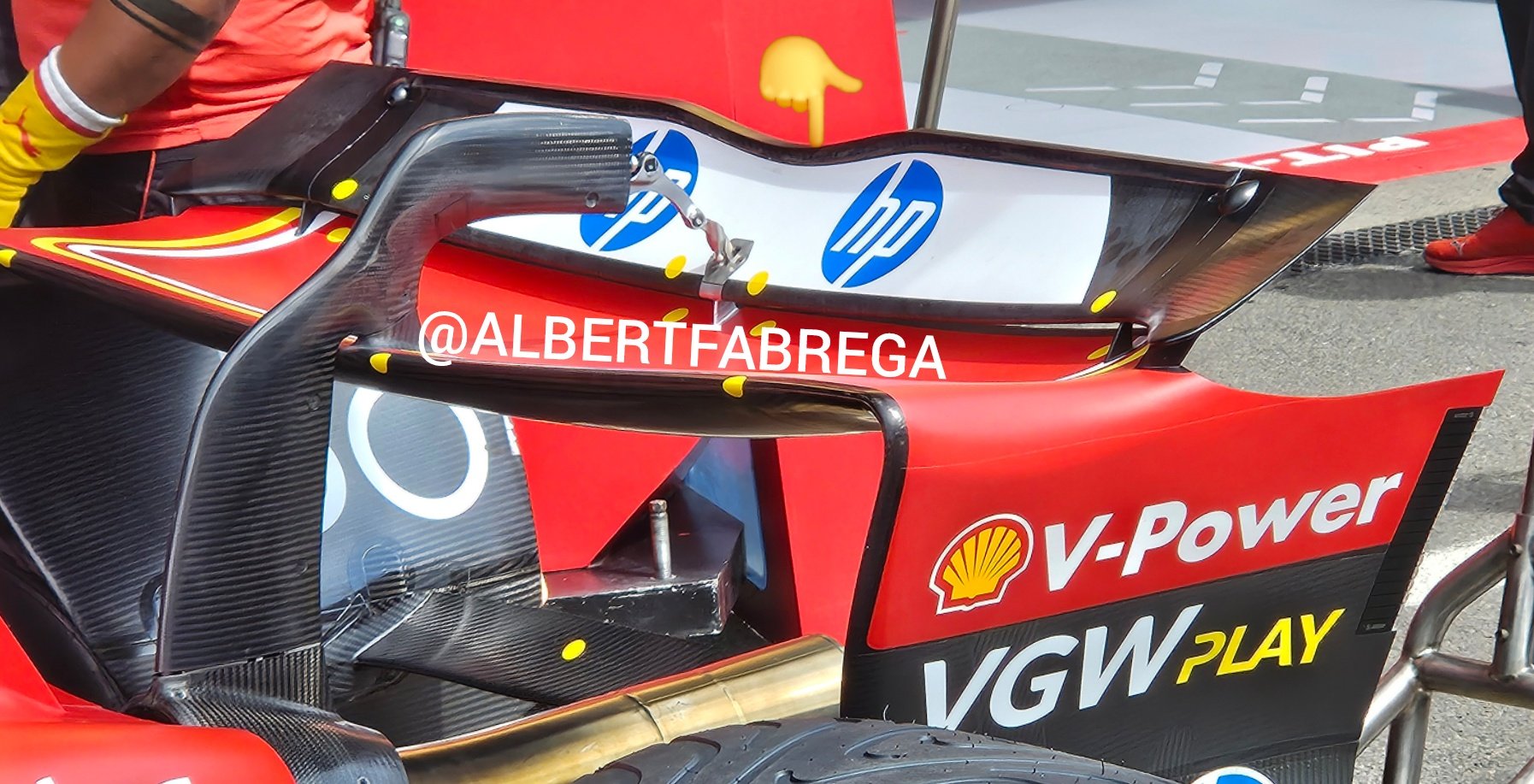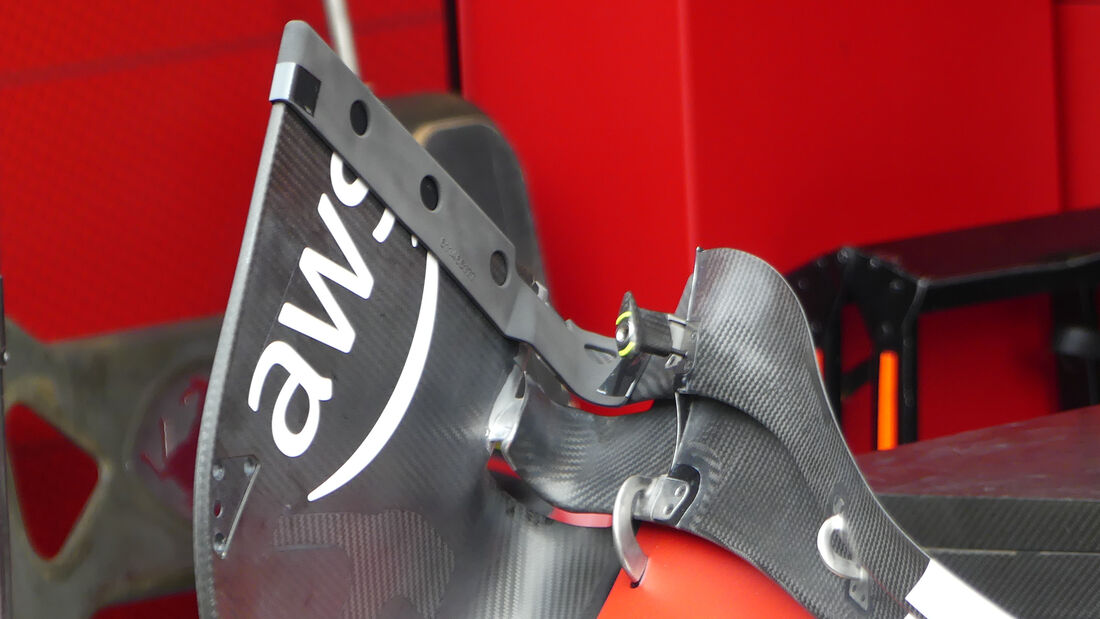I don't think that's true. Even Haas has improved the load on its car and did better in qualifying than the old Ferrari in all the high-speed corners (so more load
So, going back to Ferrari's problem:
I also thought at first it was only caused in rolling conditions by the change in height between the sides, but this is not the case, the rebound also starts in a straight line. I think there are other possibilities:
1) the floor is very sensitive to surface irregularities, so once the car has a bump and a quick bounce it stalls and then starts porpoising.
2) the floor has to operate at a lower ride height, so it has a very small working window and with the same load the car is lower than before and bounces
3) the stall starts when the skid touches the road and changes the flow conditions in the plank area.
Simply they have to understand better what happens with certain flow speed with the real condition, I suspect hardly they not saw that in wind tunnel because of this kind of variables.

